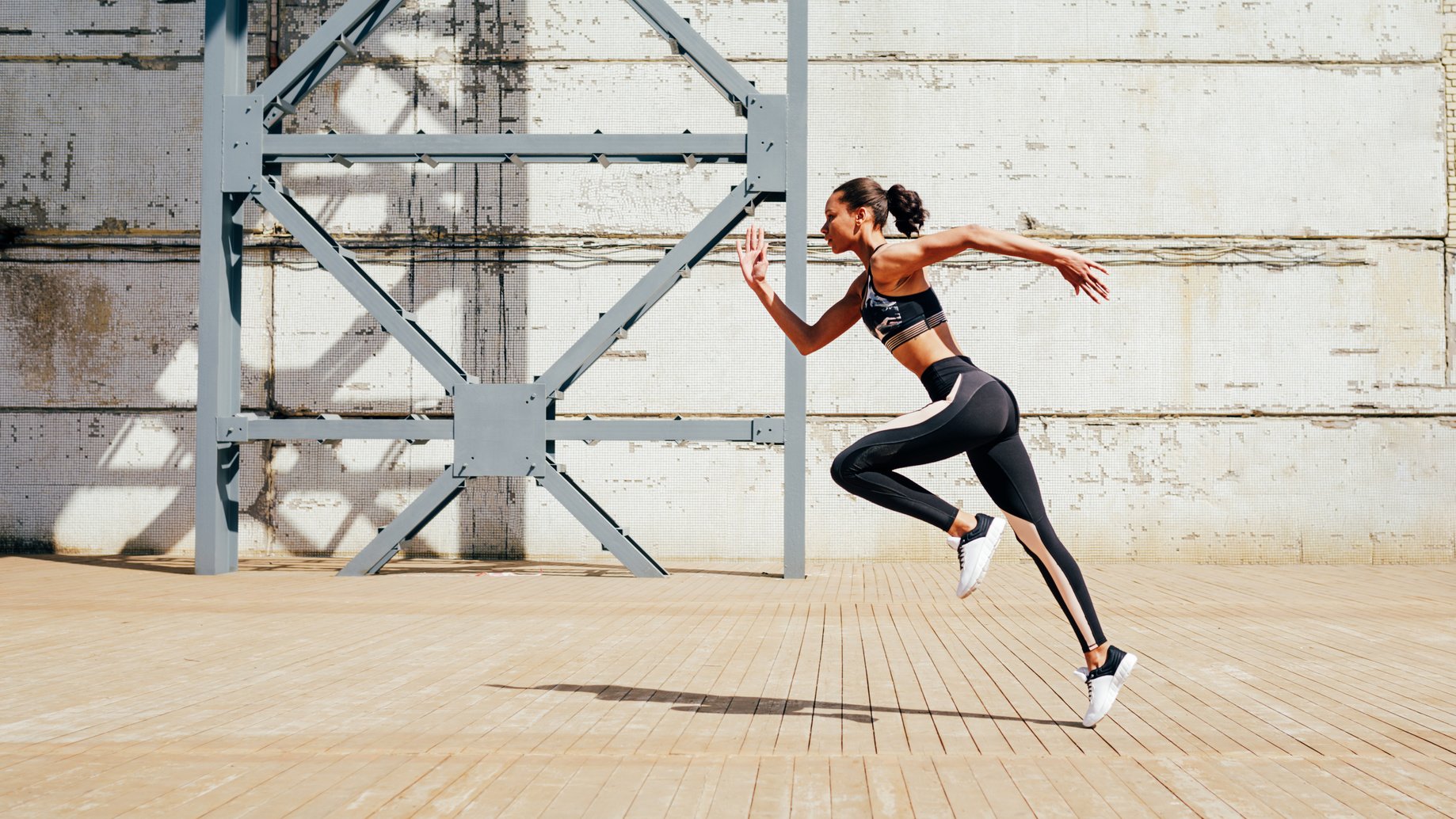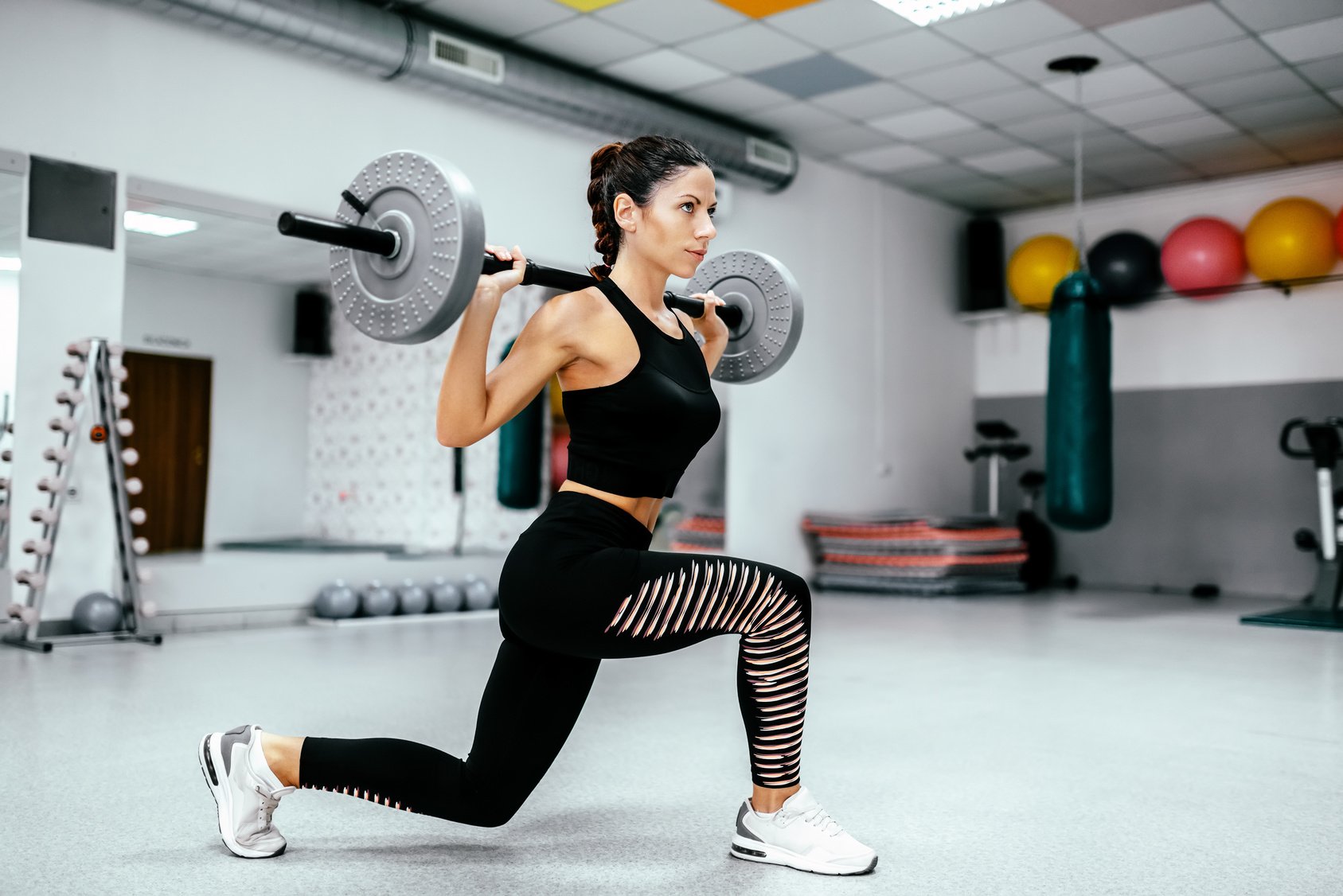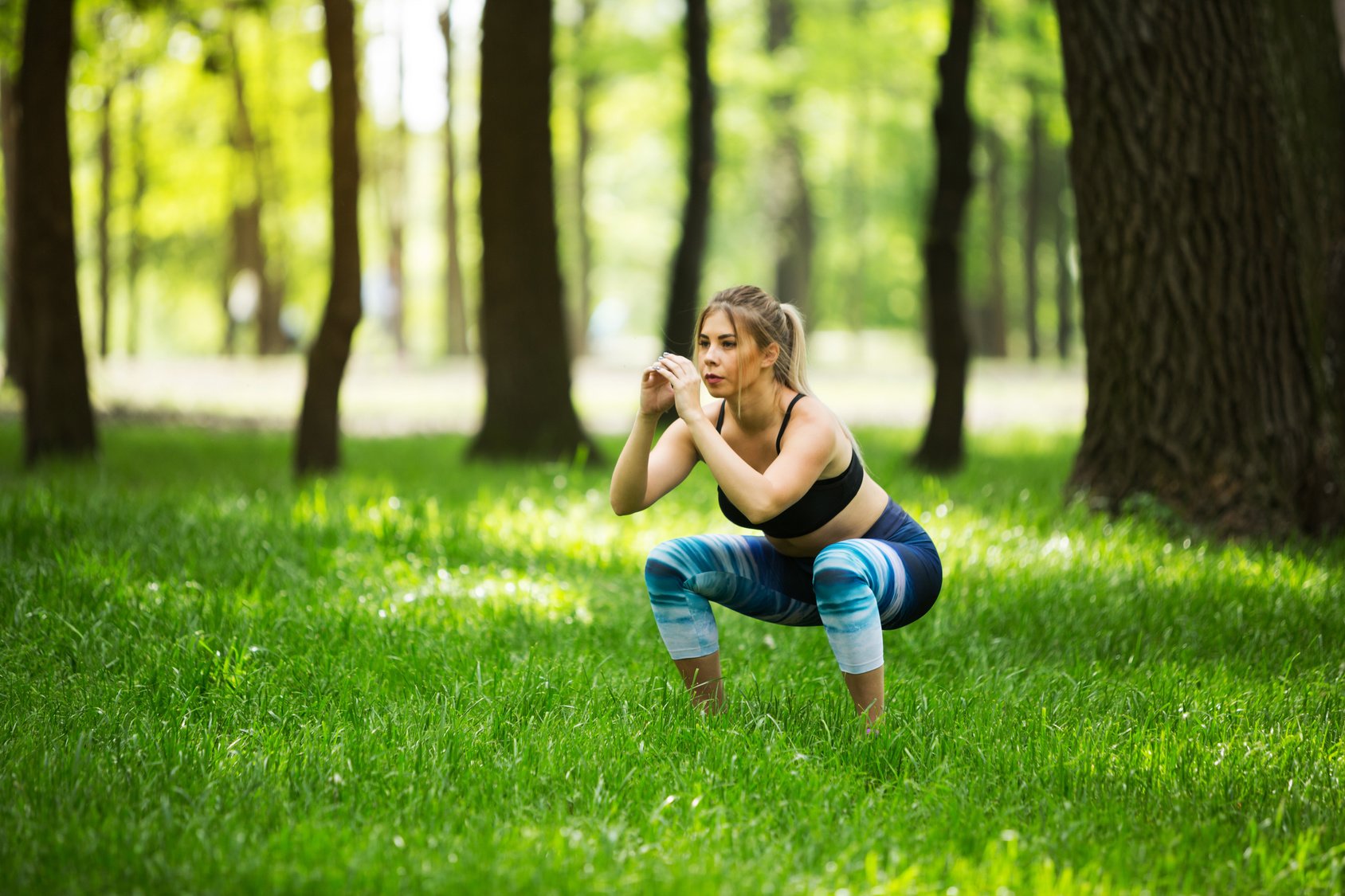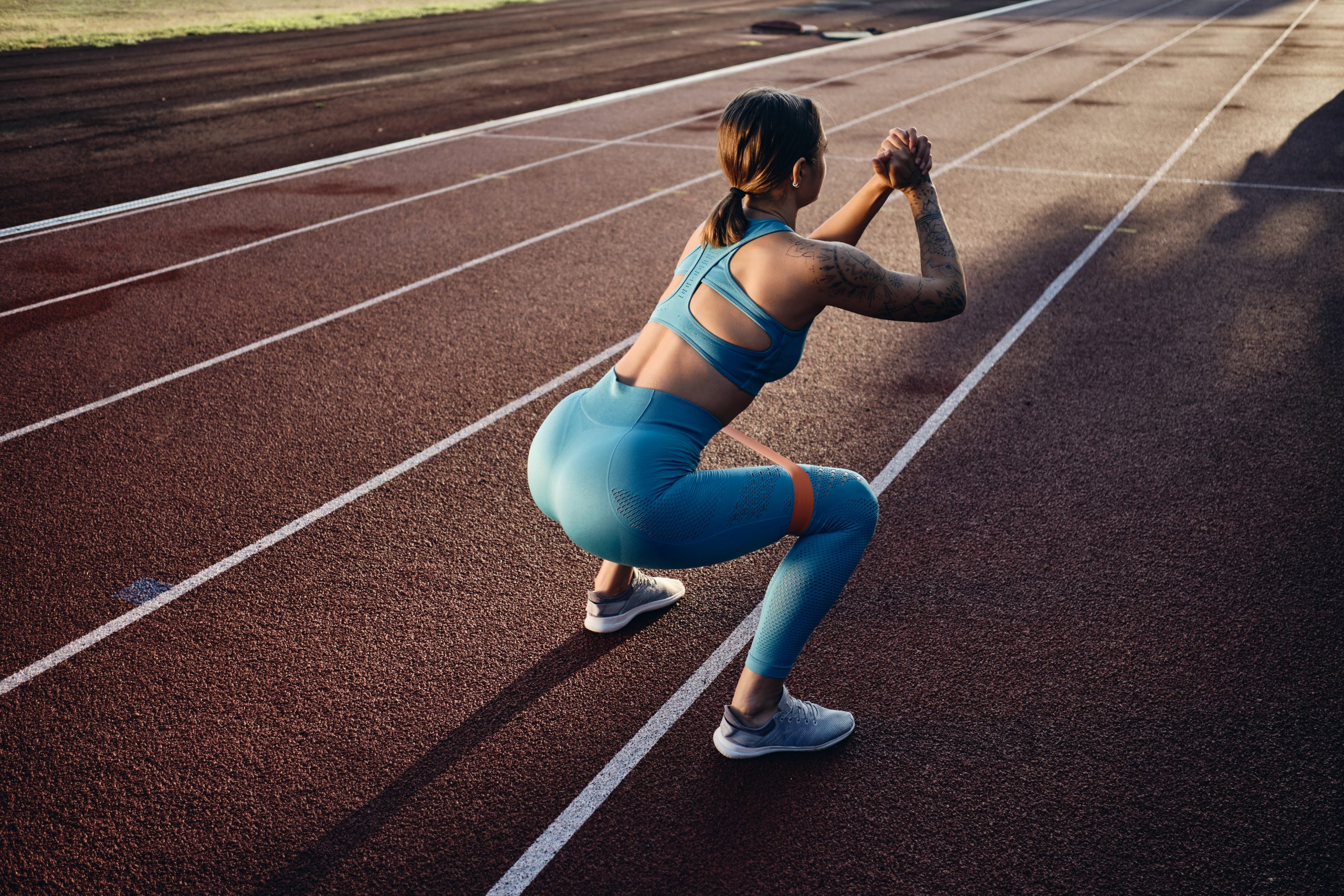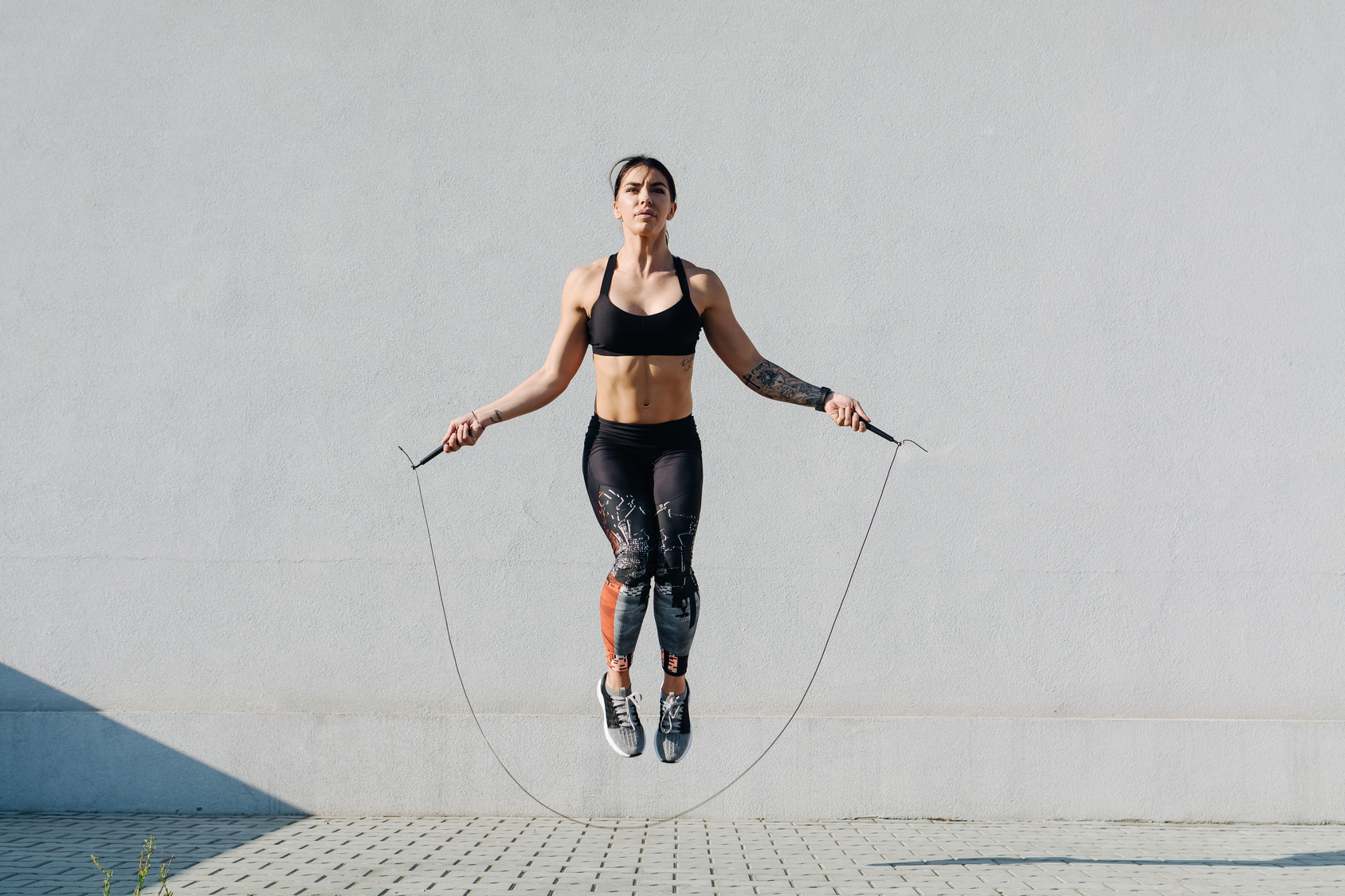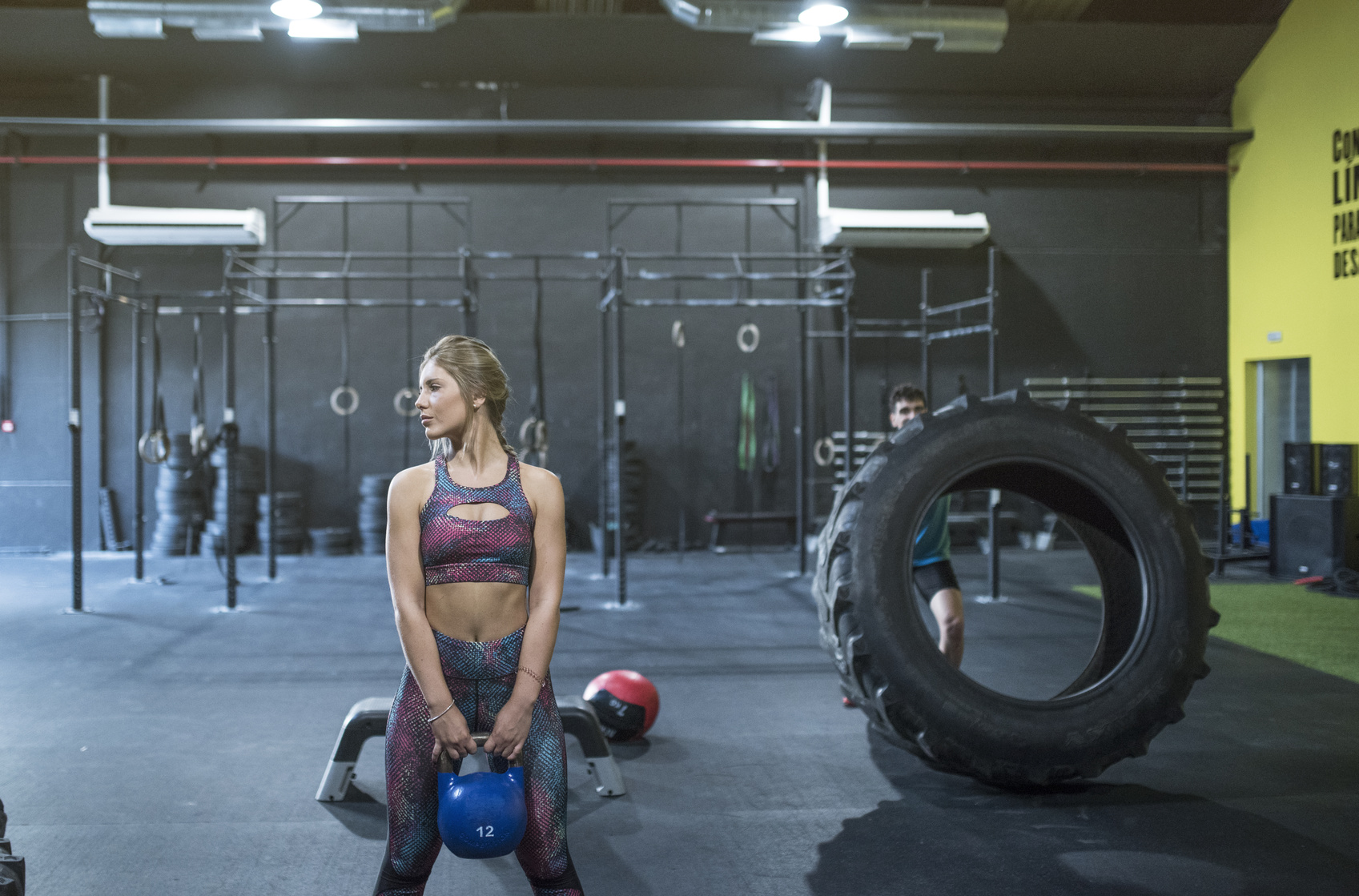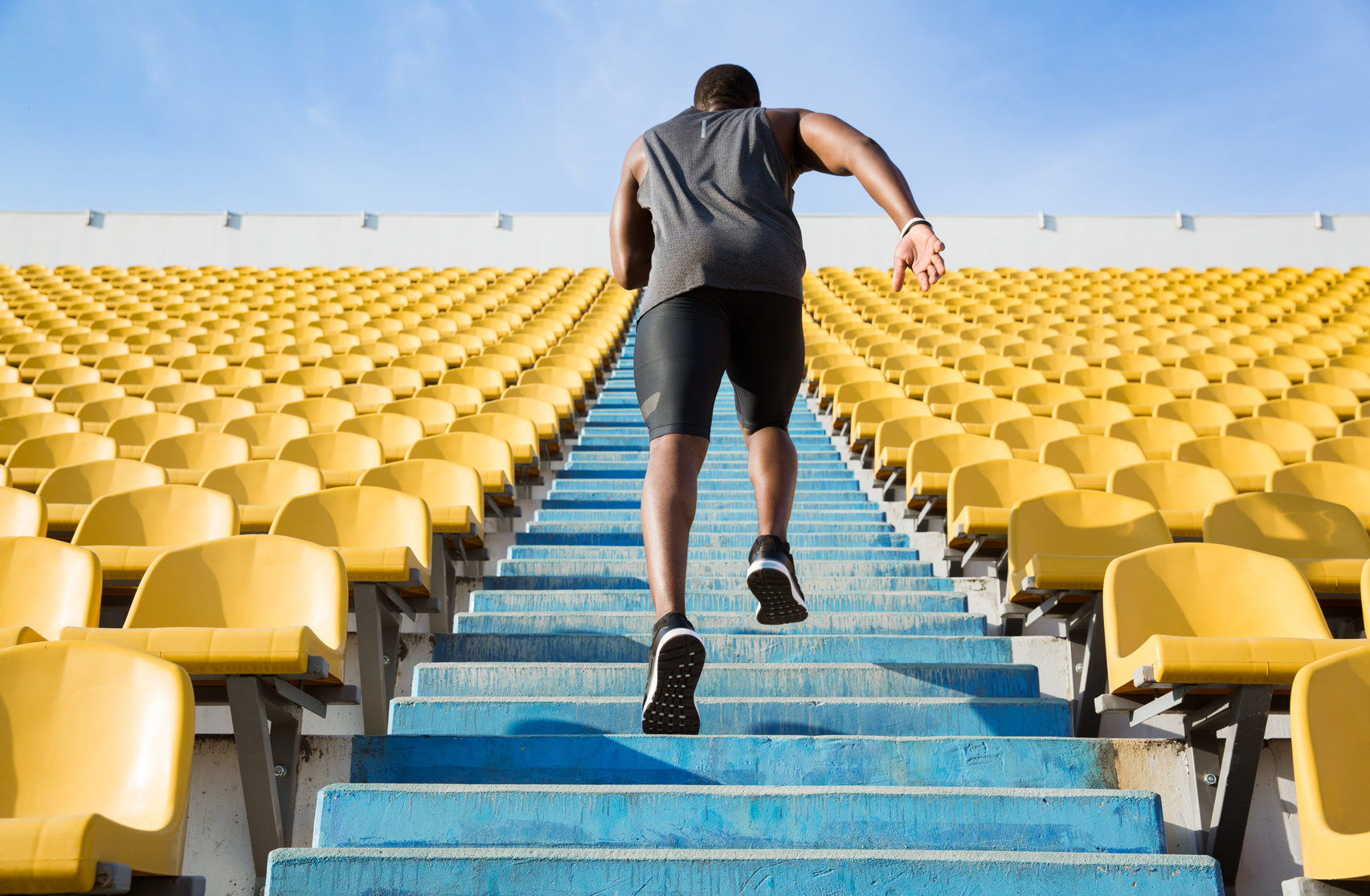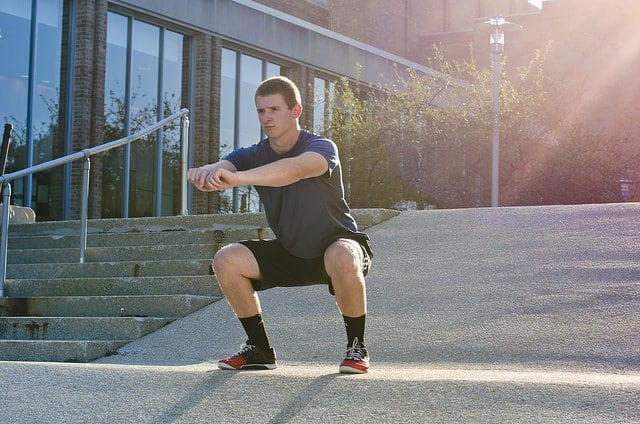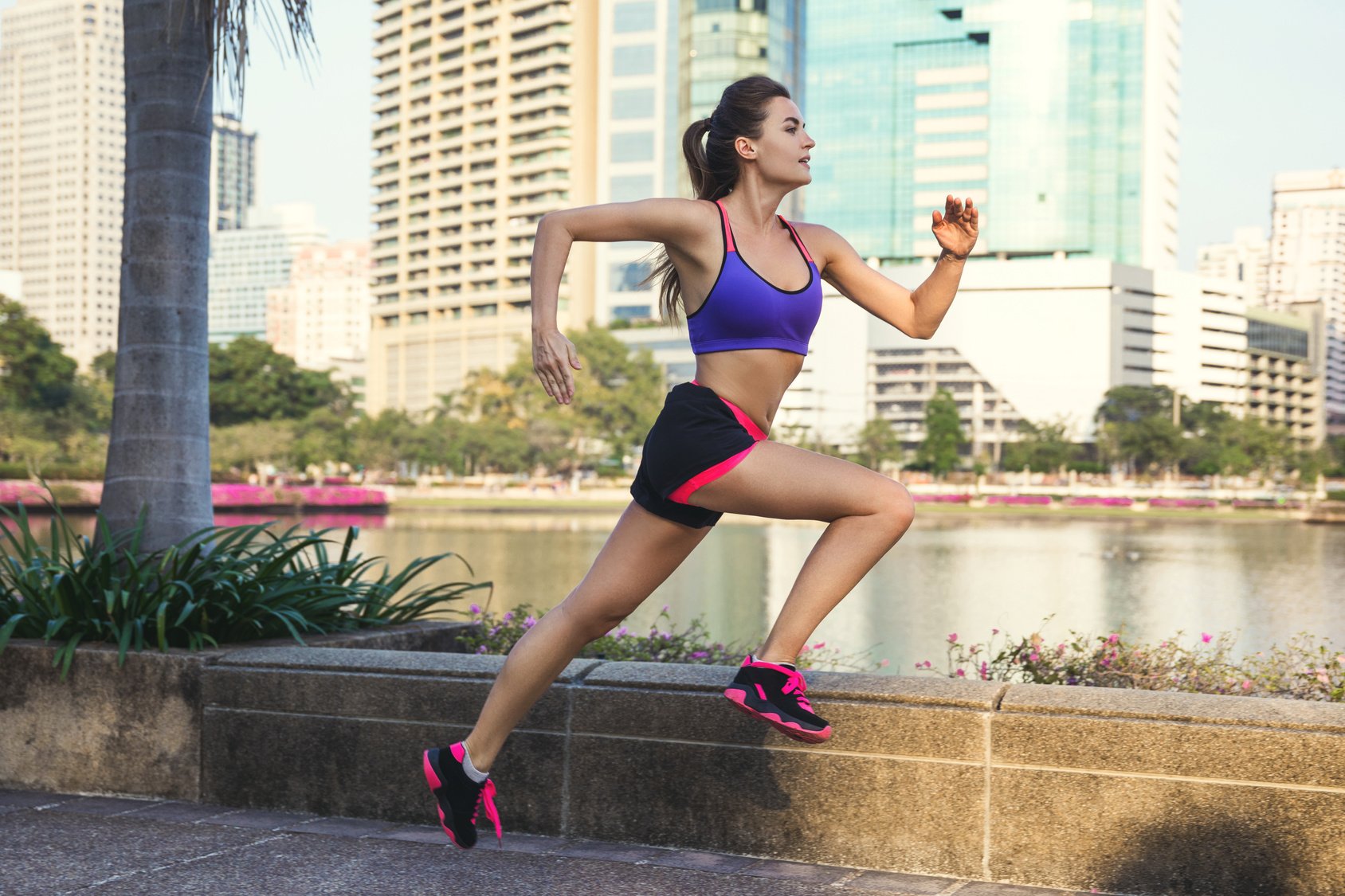If you’re someone who’s no stranger to breaking a sweat, chances are you’ve encountered the term “Tabata sprints” more times than you can count.
But have you ever found yourself pondering, “Where on earth did Tabata originate, and why is it such a hot topic in the fitness realm?” I
f that thought has crossed your mind, today’s your lucky day. I’ve gone the extra mile, diving deep into the Tabata universe so you don’t have to.
And trust me, the story behind it is nothing short of fascinating.
In today’s article, you’ll not only discover the secrets of Tabata sprints but also learn how to incorporate them seamlessly into your fitness routine without any fancy equipment or gym memberships.
So, buckle up, and let’s embark on this exhilarating Tabata adventure together!
What Is Tabata Workout Training?
Alright, fitness enthusiasts, gather ’round. We’re about to dive into the incredible world of Tabata training, where just four minutes can change the game.
Here’s the lowdown:
Imagine this: 20 seconds of all-out effort followed by a 10-second breather, and you repeat this cycle eight times. That’s the Tabata training method in a nutshell. It’s like a fitness rollercoaster, and it works wonders.
Our story begins with Izumi Tabata, Ph., a former scientist and researcher at Japan’s National Institute of Fitness and Sports in Kanoya. Dr. Tabata had a grand experiment in mind.
Dr. Tabata gathered a bunch of young, eager athletes with diverse backgrounds and skills. He split them into two groups: one doing moderate-intensity training (the control group) and the other diving headfirst into high-intensity training.
The Four-Minute Revelation
After rigorous testing, Dr. Tabata dropped a fitness bombshell: Four minutes. Yes, you read that right. Four minutes of this high-intensity, heart-pounding workout was all it took to yield substantial gains and growth.
The Proof Is in the Research
In 1996, Dr. Tabata unveiled his groundbreaking findings in “Medicine and Science in Sports and Exercise.” The study titled “Effects of Moderate-Intensity Endurance and High-Intensity Intermittent Training on Anaerobic Capacity and VO2max” shook the fitness world.
Let’s dig deeper into the nitty-gritty of this research.
The Initial Study
Let’s rewind the clocks to 1996, a time when Dr. Tabata and his team embarked on an awe-inspiring fitness journey. The subject of the research were broken down into two groups of eager, mid-twenties amateur athletes.
- Group I embraced Protocol One, committing to an hour of stationary cycling at 70 percent of their VO2 max five days a week. This was your classic long-haul, moderate-paced workout.
- Group II, on the other hand, were the Tabata trailblazers, choosing Protocol Two. They opted for an intense regimen: four days a week, eight explosive 20-second bursts of biking at a jaw-dropping 170 percent effort, sandwiched between 10-second recovery intervals.
Crunching the Numbers
- Group I endured 1,800 minutes of moderate-intensity training over six weeks.
- Group II? Well, they only sweated it out for about 120 minutes of high-intensity training during the same period. That’s the equivalent of just four minutes and 20 seconds per session.
The Mind-Blowing Results
- Group I saw a decent 9.5 percent boost in their maximum aerobic capacity (the cardiovascular stuff), but their anaerobic system (the muscular side) didn’t budge much.
- Group II not only crushed their maximum aerobic capacity with a 14 percent increase but also flexed their anaerobic power, showing an incredible 28 percent improvement.
Conclusion:
In a plot twist that left everyone’s jaws on the floor, high-intensity interval training proved to be the ultimate game-changer. The group that worked out for just four minutes and 20 seconds, thanks to the power of high-intensity intervals, emerged as the clear winners at the end of the six weeks.
MIND BLOWN!
So, there you have it, folks. The science-backed, time-efficient workout that forever altered the fitness landscape. Ready to give Tabata a whirl?
Benefits of Tabata Sprints Training
So, you’ve heard the buzz about Tabata sprints, and you’re ready to dive in. But what’s in it for you? Let’s break down the incredible benefits that await those who make Tabata a regular part of their fitness journey:
Improved Anaerobic Capacity
Imagine having a secret reserve of energy, the kind that kicks in when you’re pushing your limits. That’s what improved anaerobic capacity brings to the table.
It’s the extra oomph that lets you run faster and longer, enhancing your resistance to fatigue and helping your muscles battle lactic acid buildup, research shows.
Burns Mad Calories
Want to turn your body into a fat-burning furnace? Tabata’s got you covered. In a study, it was found that a typical Tabata workout can torch a mind-boggling 12 to 15 calories per minute.
That means, in just four short minutes, you’re on your way to burning calories like never before. It’s like a fat-burning miracle wrapped up in a 4-minute workout package.
Endless Combinations
What I like about Tabata workouts is the endless number of training combinations you can do. You can perform any exercise you like. You can do push-ups, squats, Tabata sprints, burpees, or any other exercise that hits large muscle groups.
Saves Time
In today’s fast-paced world, time is precious. Tabata recognizes this and offers a potent workout that fits into even the busiest schedules.
With just four minutes of high-intensity effort, you can reap the rewards that would take much longer with traditional workouts. Efficiency at its finest.
Metabolic Boost
Tabata isn’t just about the burn during your workout; it’s about the afterburn, too. High-intensity intervals like these can elevate your metabolism, causing your body to continue burning calories long after you’ve hit the showers. It’s like having a calorie-burning engine that keeps running, even at rest.
Here’s a list of further research about the effects of Tabata-style training.
Tabata Logistics – Time it Right!
You have two main options to keep your Tabata workout on track: a trusty stopwatch or a Tabata-specific app. Each has its advantages, so let’s break them down.
Stopwatch:
A classic stopwatch is a simple yet effective tool. It’s a no-frills way to time your intervals and rest periods accurately. However, there’s a catch – it requires you to glance at it during your high-intensity sprints. When you’re pushing yourself to the max, that can be a challenge.
A Tabata App:
Enter the Tabata app, your digital training partner. These apps are designed with one goal in mind – to make your Tabata sessions seamless and hassle-free. They offer audio cues, visual countdowns, and round tracking, leaving you with zero guesswork.
Plus, they let you focus entirely on your workout without the distraction of checking the time.
If you’re wondering which Tabata app to go for, look no further. Here are a couple of recommendations:
- Tabata Pro ($3): A premium choice that provides top-notch features and customization options. It’s like having a personal Tabata coach in your pocket.
- Free Versions: If you prefer to keep it budget-friendly, a quick Google search for “Tabata apps” will yield plenty of free options. These can get the job done without breaking the bank.
Whichever timing method you choose, the key is consistency and precision. Your Tabata success hinges on hitting those 20-second bursts and 10-second rests spot on.
The 30-Minute Tabata Workout For Beginners
Are you ready to push your limits, break a sweat, and transform your fitness level? Look no further than this high-intensity Tabata workout that’s guaranteed to leave you breathless and exhilarated. Strap in and get ready to unleash your inner beast!
The Tabata Challenge – 5 Rounds of Pure Intensity:
Duration: Each round lasts a swift but potent 4 minutes, consisting of 8 rounds of explosive effort.
- Maximum Effort (20 seconds):
This is your moment to shine. Push yourself to the absolute limit. Whether it’s intense squats, lightning-fast sprints, or another cardio-busting exercise, go all out. Every second counts.
- Quick Recovery (10 seconds):
Take a well-deserved breather, but keep it snappy. It’s your brief respite before the next explosive round.
- Repeat x 8:
That’s right, you’ll be repeating this intense cycle eight times in total. It’s a relentless challenge, but the rewards are worth it.
The Tabata Battle Plan:
Here’s a quick rundown of the workout structure, just to keep you on track:
- Round 1: Exercise 1 (20 sec) ➡️ Rest (10 sec) ➡️ Repeat x 8
- Round 2: Exercise 2 (20 sec) ➡️ Rest (10 sec) ➡️ Repeat x 8
- Round 3: Exercise 3 (20 sec) ➡️ Rest (10 sec) ➡️ Repeat x 8
- Round 4: Exercise 4 (20 sec) ➡️ Rest (10 sec) ➡️ Repeat x 8
- Round 5: Exercise 5 (20 sec) ➡️ Rest (10 sec) ➡️ Repeat x 8
Remember:
This Tabata workout is an all-out sprint, not a leisurely jog. Give it everything you’ve got during those 20-second bursts. It’s okay to feel challenged – that’s where the magic happens.
Exercise Selection:
Feel free to mix and match exercises to keep things fresh. Here are a few ideas to get you started:
- High knees
- Burpees
- Jump squats
- Push-ups
- Mountain climbers
- Bicycle crunches
- Sprinting in place
The Warm-up
Think of your warm-up as the launchpad for your Tabata journey. It’s your chance to gradually elevate your heart rate, loosen up those muscles, and get your body primed for action.
- Step 1: Begin with a 5-minute jog at a comfortable pace. This gentle introduction helps get the blood flowing and your muscles in the mood.
- Step 2: Dynamic stretches are your best friends here. Perform leg swings, arm circles, hip rotations, and torso twists. These movements help increase flexibility, prevent injury, and mentally prepare you for the intensity ahead.
- Step 3: Finally, perform a few short bursts of the exercise you’ll be doing during your Tabata sprints, but at a moderate pace. For example, if you’ll be doing high knees, start with a slower, controlled version. This helps activate the relevant muscles and refine your technique.
The Cooldown (After the Sprints):
You’ve conquered those 20-second sprints – well done! Now, it’s time to transition back to a state of calm and allow your body to recover gradually.
- Step 1: After your final sprint, avoid stopping abruptly. Instead, slow down your pace and jog lightly for a few minutes. This helps your heart rate gradually return to its resting state.
- Step 2: Follow this with static stretches for the major muscle groups you’ve worked on during your sprints. Focus on your quads, hamstrings, calves, and hip flexors. Hold each stretch for 15-30 seconds to improve flexibility and reduce post-workout muscle tightness.
- Step 3: Hydrate! Replenish those lost fluids by drinking water. You’ve earned it.
Round One: Tabata Sprints
Sprint for 20 seconds, rest for 10, then sprint for another 20 seconds, shooting for eight sprints at an all-out effort.
You can also perform the sprints on a steep hill, but make sure to pick a hill that’s not too technical since you will be running at your maximum speed for at least the first set of reps.
Round Two: Tabata High Knees
https://www.youtube.com/watch?v=whHxoB-AFYQ
Stand feet hip-width apart. Keep your back flat and core engaged the entire time.
Perform high knees by jumping from one foot to the other, lifting your knees as high as you can. Focus on lifting your knees up and down as fast as you can, landing on the balls of your feet as you run in place.
Do this for 20 seconds, rest for 10, and then repast the cycle eight times to complete the round.
Round Three: Tabata Jumping Lunges
Take a lunge position with your right foot forward, knees bent, and left knee nearly touching the floor.
Next, while extending through both legs, explode up and jump as high as you can, swinging your arms to gain momentum. Then switch the position of your legs mid-air, moving your left leg to the front and right leg to the back, and immediately lower yourself into a lunge on the opposite side.
Keep jumping back and forth for 20 seconds, then rest for 10, repeating the cycle eight times.
If you can’t keep doing jump lunges with good form, then perform walking lunges instead. Be aware of your limits.
Round Four: Tabata Squats
Assume an athletic position with feet hip-width apart. For more challenges, hold a set of dumbbells or plates at shoulder height.
Next, to perform the squat, bend your knees and sit back, lowering yourself down until your thighs are parallel to the floor. Keep your back flat, head facing forward, and your toes tracking over the knees the entire time.
Last up, return to standing by pushing through your heels.
Continue squatting for the full 20-second interval, moving as fast as you can, then rest for 10 seconds. Repeat the cycle eight times.
Round Five: Burpees
Stand feet hip-width apart, back straight, and core engaged.
Next, squat down and place your palms on the floor, then jump both of your feet into a full plank position, then quickly hop your feet back into a squat and explosively leap into the air, reaching your arms straight overhead. Add a clap for some sound effects!
In case you’re looking for more challenge, then you can either add a standard push-up from your plank or drop your chest to the floor before jumping back up.
Conclusion
Here is the routine in a nutshell
Round 1 (4 minutes) Sprints
- Sprint at your highest speed for 20 seconds.
- Rest for 10 seconds.
- Complete eight rounds for a total of 4 minutes.
Round 2 (4 minutes) High Knees
- High knees for 20 seconds, as many reps as possible with good form.
- Rest for 10 seconds.
- Complete eight rounds for a total of 4 minutes.
Round 3 (4 minutes) Jumping Lunges
- Jumping lunges for 20 seconds, as many reps as possible with good form.
- Rest for 10 seconds.
- Complete eight rounds for a total of 4 minutes.
Round 4 (4 minutes) Squats
- Squats for 20 seconds, doing as many reps as possible with good form.
- Rest for 10 seconds.
- Complete eight rounds for a total of 4 minutes.
Round 5 (4 minutes) Burpees
- Do as many burpees as you can for 20 seconds.
- Rest for 10 seconds.
- Complete eight rounds for a total of 4 minutes.
Tabata Sprints Workout – The Conclusion
There you have it.
Whatever exercises you pick, your choices should target large of muscles to get the most out of Tabata sprints training.
It’s perfectly okay to feel some soreness or muscle pain during and following your first few Tabata sessions. That’s actually how you know that you’re doing it right.
As you get fit, you’ll body will adjust, and you’ll only experience a mild to moderate soreness after the beginning.
For more, here are some of my favorite cardio workout alternatives to running.
Please feel free to leave your comments and questions in the section below.
In the meantime thank you for reading my post.
Keep Running Strong
David D.

